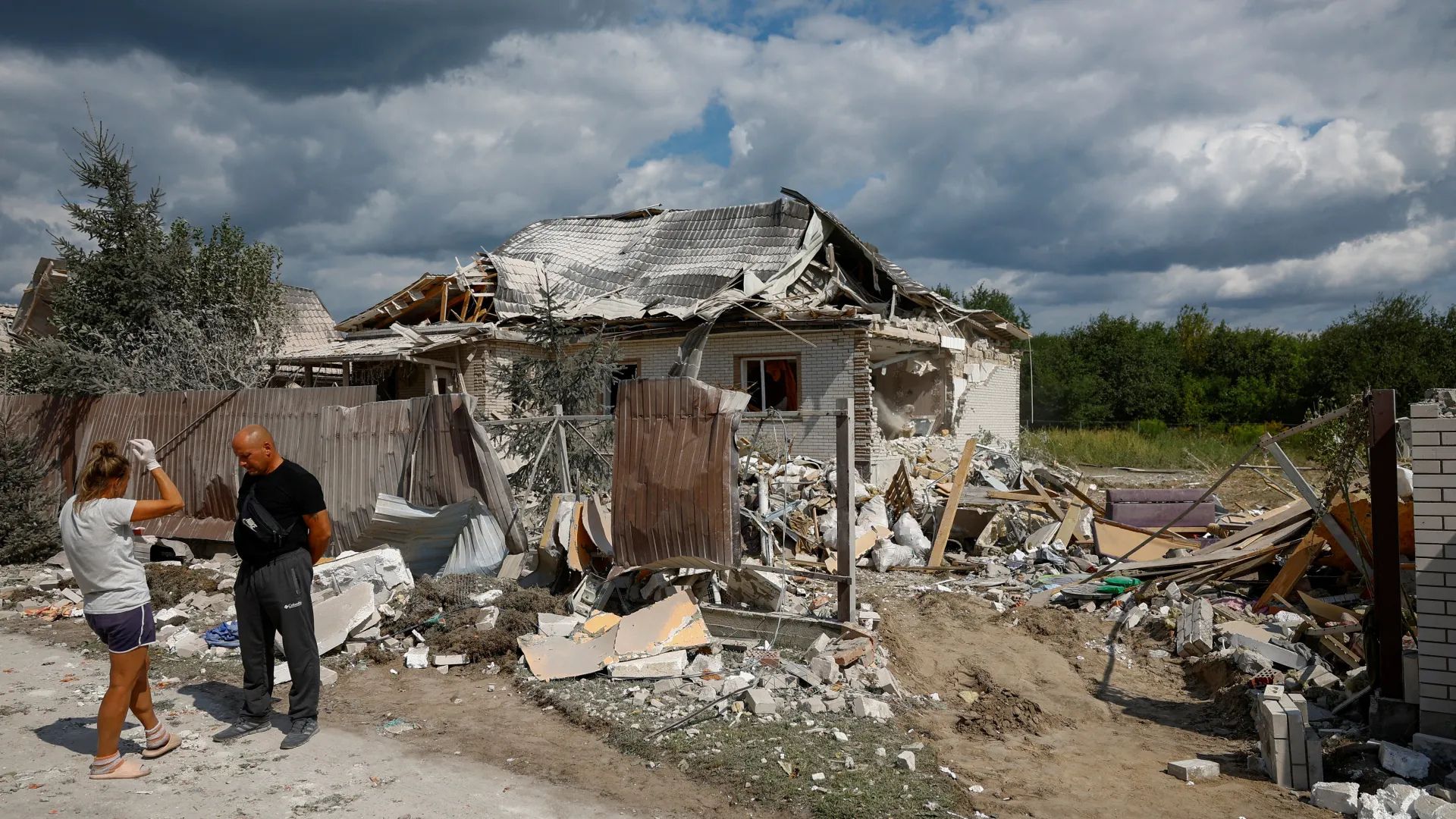
Sustainability, as a movement, is growing legs and gathering momentum, driven by a critical mass of people responding to a problem, looking outward and then reflecting within. The word has been on every practitioner and marketeer’s lips in the last decade and its elevation from buzzword to lexicon has been propelled by the rise of the conscious consumer.
I strongly believe in the principle: “When we build, let us think that we build forever”, which is inspired by John Ruskin’s 1849 essay The Seven Lamps of Architecture. By using the very best materials today, we can ensure the longevity of our build, and consequently not have to materially revisit a structure and consume more than what we are required to, in terms of natural raw materials or finished products.
Traditional Indian architecture is inherently sustainable, a heritage increasingly appreciated in our present context. This comfort in our roots is fielding a return to Vastu Shastra, an ancient system of Indian origin that translates to the “science of architecture.” A concept bandied about for millennia, only with deeper research did the realisation sink in that sustainability is at its core. Every principle within it upholds vernacular forms, suited to indigenous climate and lifestyle. In Maharashtra and Goa, for example, the south-westerly monsoon deems it prudent not to place windows in that direction. It has broadened my approach to design windows, courtyards, terraces and balconies beyond the aesthetic. Similarly, I’ve come to prefer locally available materials for their ability to withstand environmental conditions whilst imbuing an inimitable quality of timelessness. A tip for hot regions is to refrain from glass, and rather build with stone which remains cool at night. Shahabad stone, for instance, keeps homes in Alibaug at a conducive temperature.
A similar harnessing of natural resources can be applied to water. Today, water tables in certain areas of India get emptied by March. The ground is parched in eager anticipation of monsoon. Water scarcity has become a global phenomenon, one that can be addressed by constructing minimal hardscape and implementing rainwater harvesting techniques.
A yardstick example for impact can be illustrated by water application on a one acre plot: 5-10% for personal use, 60% on landscape and 25% apportioned to the swimming pool (if one is made). Total average usage is estimated at 1.4 lakh litre for a fairly luxurious property. Rainwater harvesting is a key intervention, the benefits of which are staggering enough to merit its recommendation as mandatory policy. One is able to ensure that ground is treated such that during rainfall, natural tables underground are filled. The construction of a borewell on your plot will assist with adequate flow through the year — an assurance of water security and quality. In addition, pool covers may save up to 15% and showering for even 30 seconds less may save a family 18,000 litres a year. Reusable bottles could save 700 litres a year.
Where local supply of electricity is known to be erratic, reliance can be inexpensively combated through solar energy. Battery packs to store solar power can be easily facilitated, and even during monsoon, panels produce enough to power a home. They may act as a backup if not the primary source during monsoon.
Farm-to-table, a popular phrase in dining circles, speaks to the cultivation of direct relationships between producers and consumers of food. Although it seems trendy, I see this too as a return to tradition. Bringing this idea home, so to speak, can extend to growing organic fruit and vegetable patches of your own. The nutritional and medicinal value is immense, not to take away from the therapeutic role that a lush garden offers. On an ornamental front, the rule of thumb is native over exotic species as much as possible.

In an age of climate change and epidemiological threats to our immune systems, advocacy of eating clean and keeping healthy is no longer a hard sell. A steady supply of fresh, chemical-free produce is now considered of inestimable value. Composting and waste management seem downright sensible when viewed under the holistic lens of completing a life cycle, and ploughing it back into your land.
As I build in Alibaug I have watched a sleepy town transform into a cluster of villages and a thriving community of around 300 homes today has shed insight on the rapid growth expected in the near future. This acceleration is bound to come with pressure on finite resources and what one considers utilities — water, electricity and sanitation. Pollution, noise and security are among the underlying reasons urban dwellers are choosing to reside further away from cities, in the hopes of improving their quality of life. I see it as a redefinition of luxury itself, as a merger of desire and necessity. In my mind, sustainability will follow closely, its aspirational value bound to rise in proportion to how rarefied an experience it is soon to become. If I had singular advice to offer, it would be to start now — slowly but surely — and thank yourself later.
The author is the co-founder at Palmore, a luxury property development firm building holiday homes in and around Alibaug, Maharashtra.
Edited: By Ambika Hiranandani















